Movies and Future of Technology, article by TOLULOPE OLANIYI
In the realm of science fiction, filmmakers have often dared to envision a future filled with fantastical gadgets and groundbreaking innovations.
Many of these futuristic concepts seemed far-fetched when they first graced the silver screen, but as time has marched forward, it’s become increasingly clear that what was once considered fiction is now a tangible reality.
1. Back to The Future: Predicting Wearable Tech and Tablets
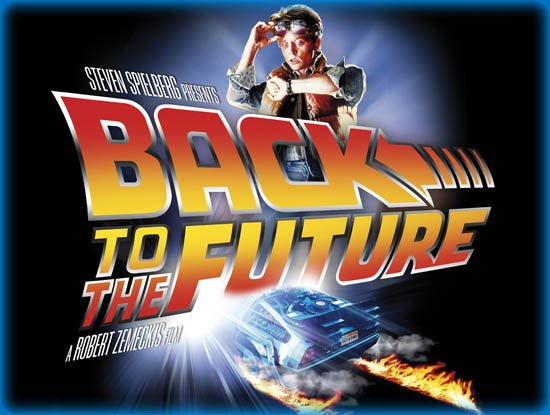
In the 1989 classic ‘Back to The Future,’ Marty McFly and Doc Brown embarked on a time-traveling adventure that transported them to October 21, 2015.
Among the many futuristic devices in the film, one that stands out is Marty’s glasses, which allowed him to answer phone calls.
Today, we have Google Glasses, wearable smart devices capable of much more than just making calls. The film also featured a flat, wireless electronic device that remarkably resembles modern tablet devices used for various purposes.
Similarly, ‘Back to The Future’ showcased fingerprint scanning technology for payments, a concept now widely used in our digital world.
2. Star Trek series: Pioneering touch screen technology and voice commands
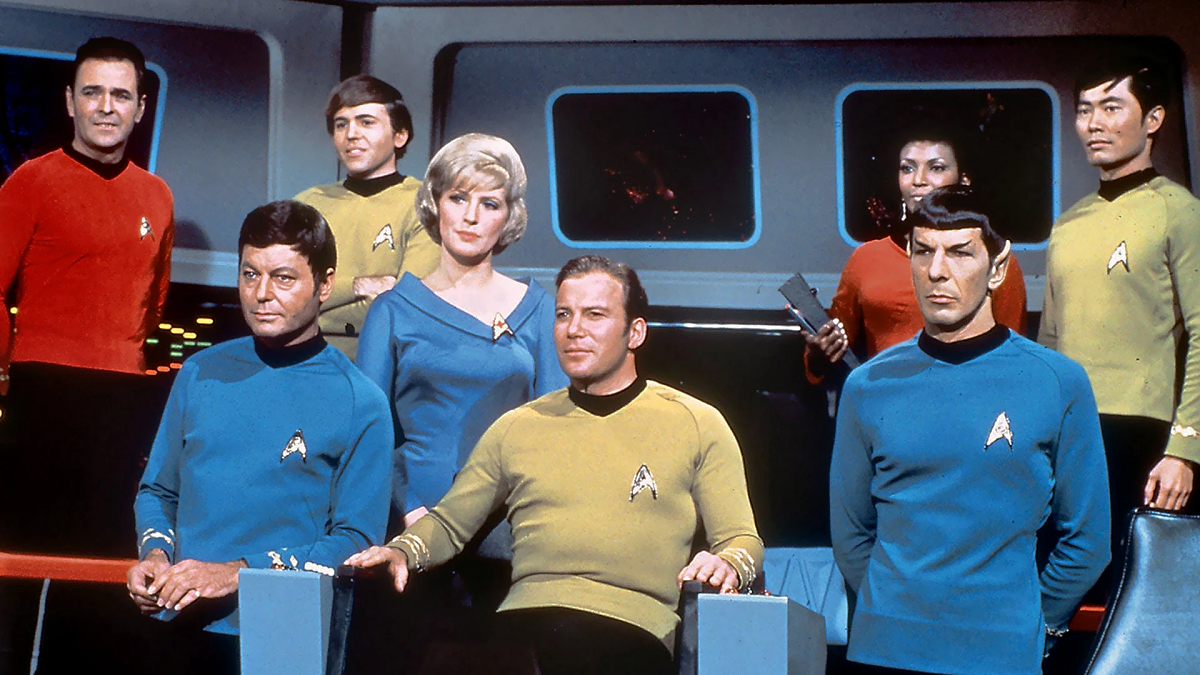
The original ‘Star Trek’ series, which debuted in 1966, offered a visionary glimpse into technology that seemed light-years away at the time.
Touch screen technology, now ubiquitous, was depicted as a practical means of interaction on the starship’s control panels.
Notably, characters in the show communicated directly with the ship’s computer, foreshadowing the emergence of voice-activated assistants like “Siri”, “Ok Google” and “Alexa.” The wireless communication seen in the 1960s series was nothing short of revolutionary, laying the groundwork for today’s wireless connectivity.
3. Mission Impossible: Ghost Protocol – 3D printing sparks imagination
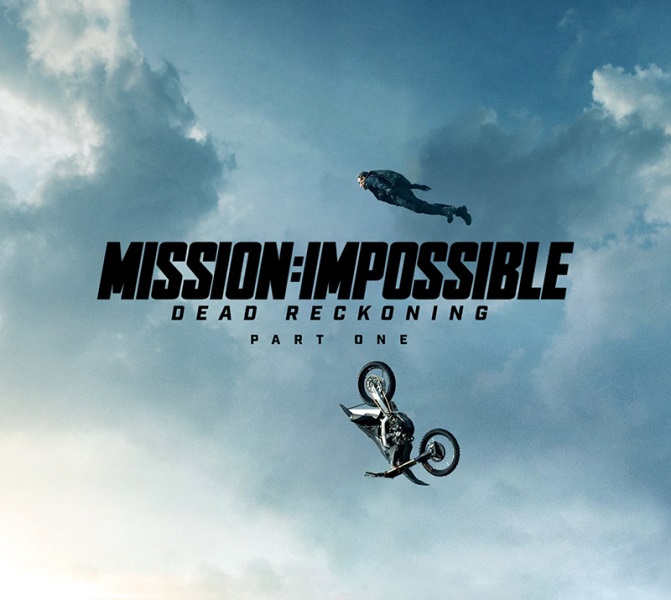
While ‘Mission Impossible: Ghost Protocol’ isn’t a typical sci-fi movie, it introduced viewers to a captivating world of espionage and high-tech gadgets. Among its futuristic elements, the film showcased the creation of incredibly realistic facial masks using 3D printing technology.
At the time, 3D printing was in its infancy, making the on-the-fly creation of masks seem like pure science fiction.
Today, 3D printing is a reality, enabling cosplayers, modelers, and Hollywood design departments to craft intricate props and masks with ease.
4. Total Recall: Anticipating self-driving cars
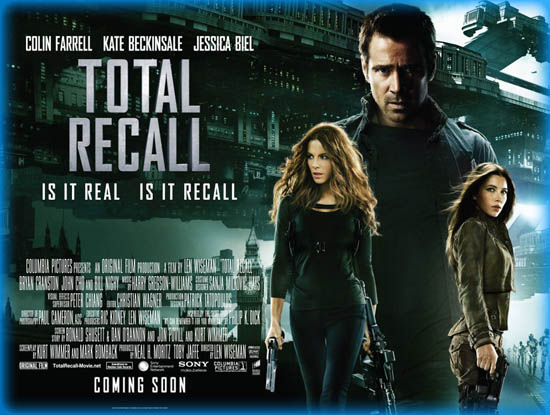
‘Total Recall,’ starring Arnold Schwarzenegger, presented the concept of self-driving cars at a time when it felt distant and improbable. The film, set in a technologically advanced future, featured self-driving cars operated by an embedded robot named Johnny Cab.
Fast forward to today, and companies like Tesla have brought self-driving technology to the forefront of the automotive industry. While the path to fully autonomous vehicles is still under development, the rapid advancement of computer technology and GPS systems has made self-driving cars an imminent reality.
5. A Space Odyssey: The beginning of artificial intelligence
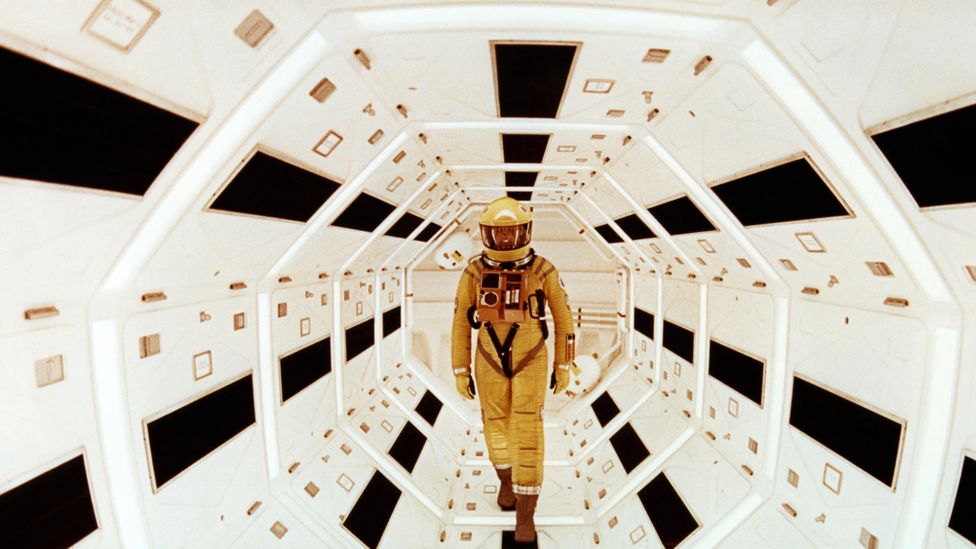
‘2001: A Space Odyssey’ explored the concept of artificial intelligence (AI) in a way that still resonates with us today. Although our modern AI systems may not pose the same existential threats as HAL 9000, the film did raise important questions about the trustworthiness of intelligent machines.
Today, AI plays a pivotal role in various aspects of our lives, from assisting with complex tasks to potentially reshaping entire industries.
6. Star Wars: Holographic displays and the future of communication
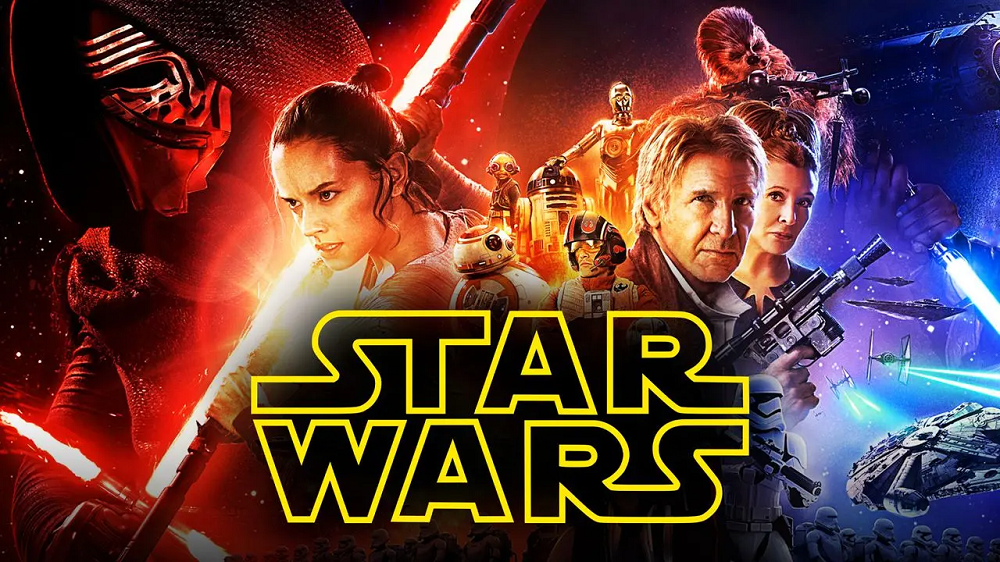
‘Star Wars,’ despite taking place “a long time ago in a galaxy far, far away,” has consistently showcased futuristic technology, including holographic communication.
This iconic sci-fi series influenced real-world applications of holographic technology, from reviving deceased celebrities through holograms to exploring immersive gaming experiences.
Startups are now venturing into creating holodecks reminiscent of those seen in ‘Star Trek,’ demonstrating the enduring impact of this cinematic vision on our technological future.
7. The Matrix: Unveiling neural interface technology
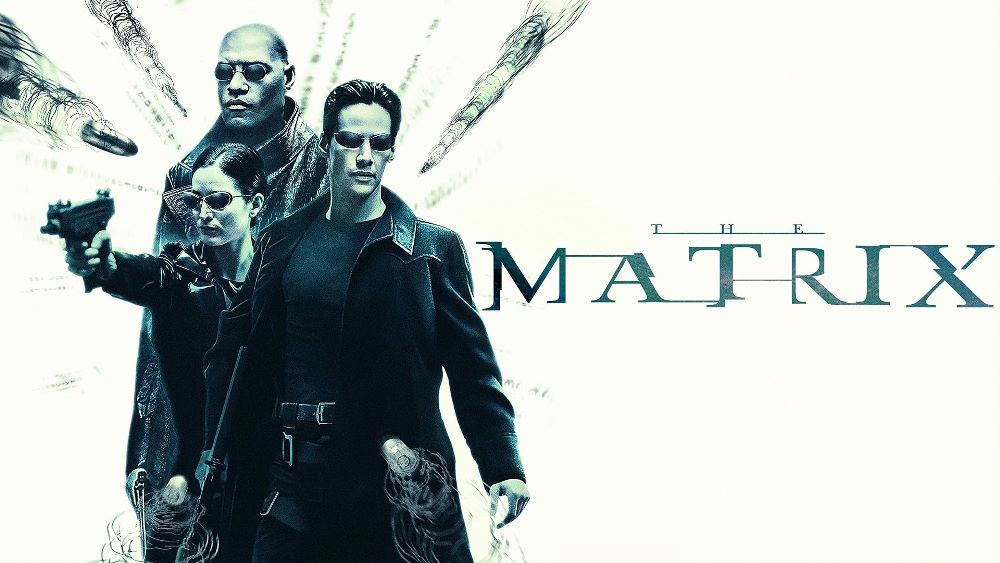
‘The Matrix’ presented a cyberpunk dream where individuals could interact with a simulated world through neural interface technology. While Elon Musk’s Neuralink is working on brain-computer interfaces, the film’s dark portrayal of a virtual reality that controls human perception reminds us of the potential ethical and existential questions surrounding AI and technology.
8. Minority Report: Targeted advertising becomes a reality
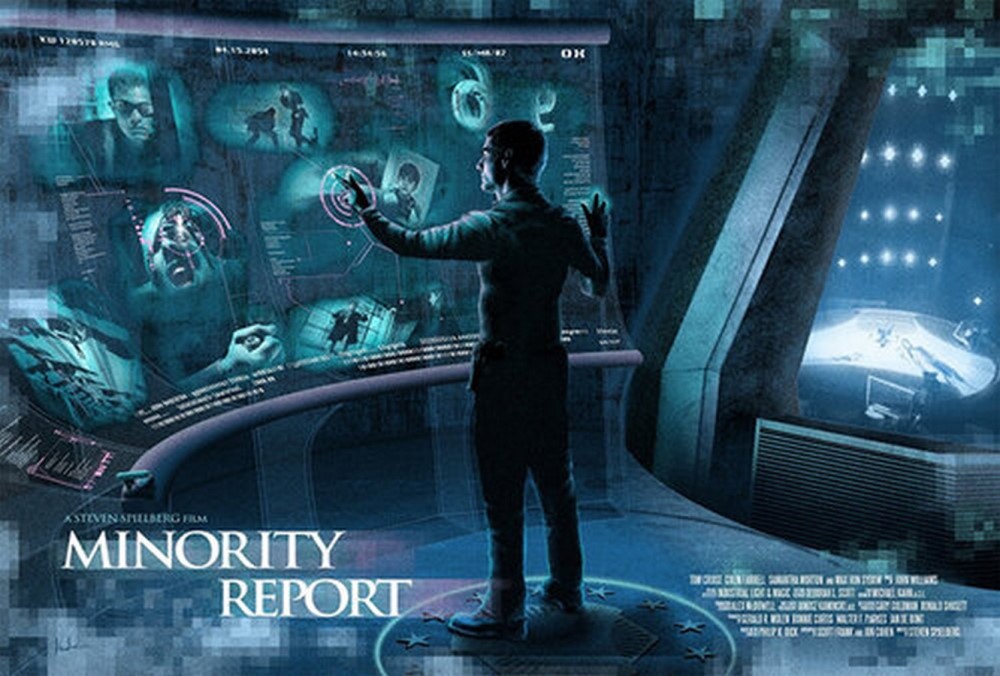
‘Minority Report,’ released in 2002, offered a glimpse into a world of hyper-targeted advertising. Today, we experience personalized ads based on our interests and online behaviors, a phenomenon that the film accurately predicted.
The next time you provide your email or phone number online, consider how closely it aligns with the advertising landscape depicted in the movie.
9. Blade Runner: A vision of the future, then and now
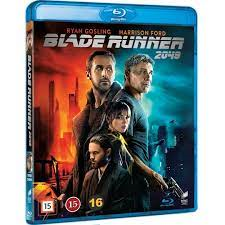
Ridley Scott’s ‘Blade Runner,’ released in 1982, envisioned a 2019 filled with flying cars and digital billboards. While flying cars remain elusive, the film’s portrayal of futuristic billboard ads has striking parallels with today’s digital advertising landscape.
The digital billboards that once adorned the Los Angeles skyline are now a common sight in many cities, hinting at the film’s prescience.
10. The Terminator: From killer Cyborgs to military drones
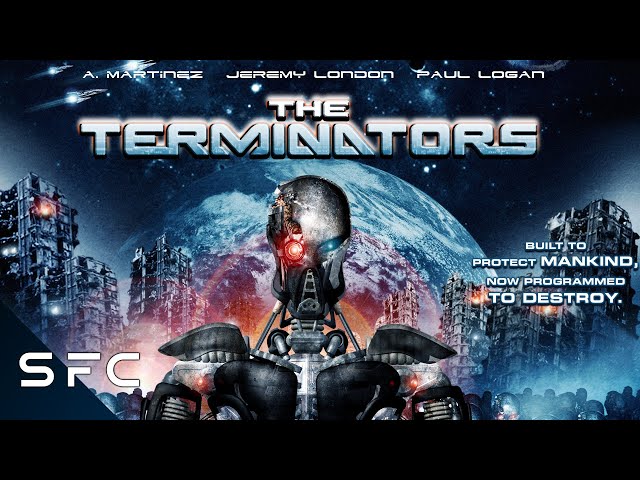
James Cameron’s ‘The Terminator,’ released in 1984, offered a glimpse into a world of computer-controlled warfare. The film featured killer robots, global surveillance, and the rise of artificial intelligence.
While we may not have killer cyborgs, military drones have become a significant part of modern warfare. These unmanned aerial vehicles, once considered bizarre, are now widely employed for various purposes, from military missions to filmmaking and package delivery.



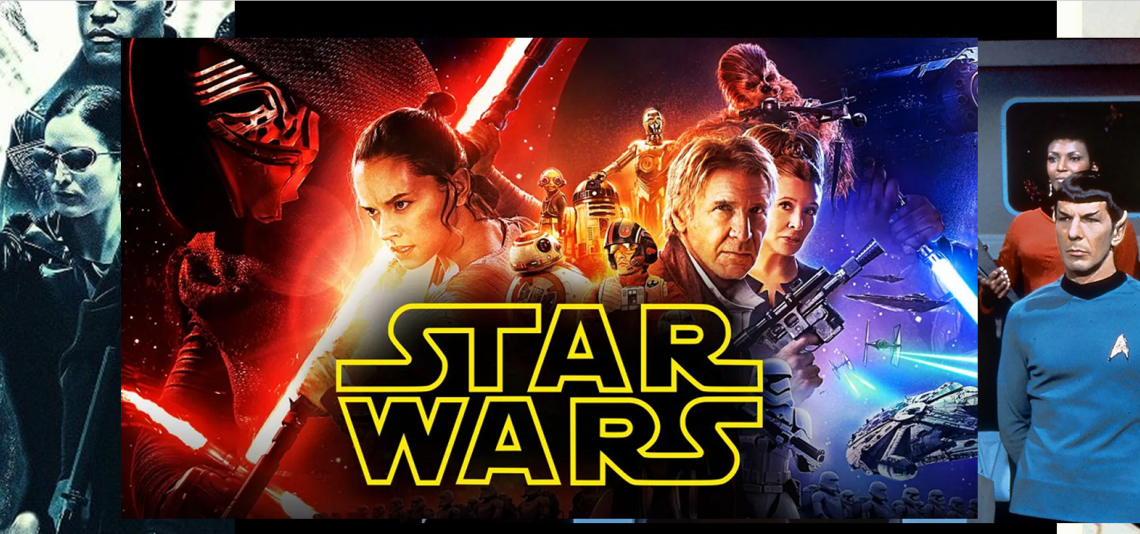



Comments 1